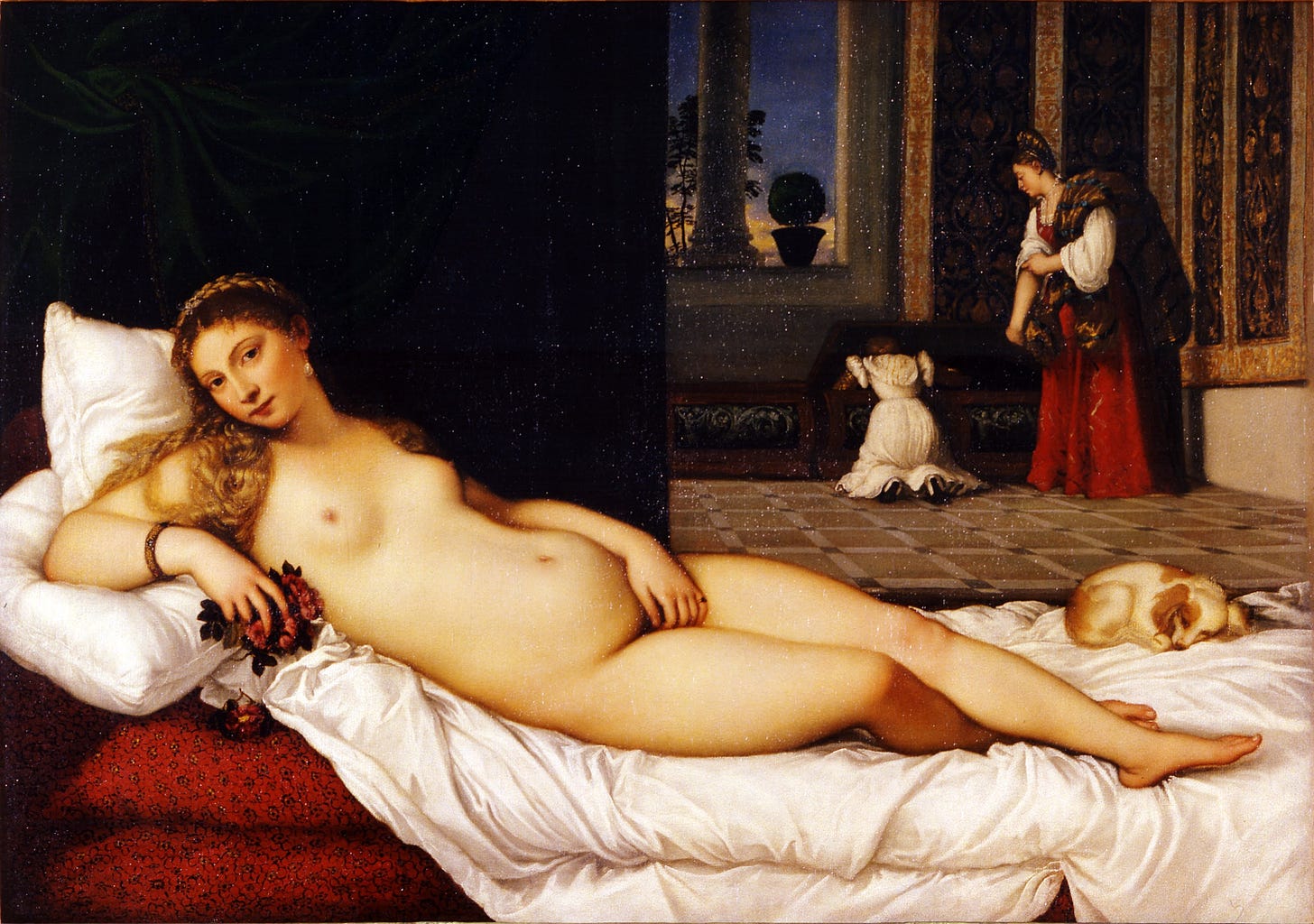MADE FOR YOU AND ME 1: hive Being (Stanzas 2016—part 59)
Let's workshop this stanza sequence dedicated to all the people tortured and killed on the bogus charge of witchcraft--one of many money-hungry shames of history that still brings tears to my eyes
doddering crossing guards mocked but undeterred, greeting students by name children deployed as human shields so the other side appears vile on CNN Grandma’s shit smeared all over the bathroom again—a stinky plea? the crown jewel of male arousal, unprotected after circumcision infant orcas netted for captivity, pods squealing as one lawyers chasing ambulances for new injury clients beer bottles winning the war against the weeds poor kids walking on hands for diversion so many perfecting their craft beyond fame’s eye lined up for a chance to kiss the relic the landscape’s impact on the soul the stair-chair that takes forever, lurching in ascent doves are violent little fuckers they yell, “We are the natives,” as if never having heard a claim of divine right! the hunched crone would gather her birch and oak (stake wood) with shaking knees, her stove feeding wanderers of strange tongue— until it became just too profitable to accuse the weird of witchcraft the boy, self-conscious to find his sleepover friend praying aloud while he says nothing before bed those who pay no mind to the unyielding censure of the fasten-seatbelt bell “He’s doing good now” as just a way of saying “He’s much less weird” it is natural to write about writers on benches, looking up from worn notepads now and then at geese, when there is nothing much else to say activists are bad lovers of truth, and that is not necessarily a bad thing if sometimes she wants fucking (not caring affection) did the artist imagine that the beauty of his sculpture would only intensify once in discolored pieces, some even indiscernible from ordinary granules of earth? a wispy mustache has kissing dogs sneeze quivering eyes that seem to touch you in their gaze the blind putting on makeup, at the mirror Grandma brushing out your Halloween witch wig to pass as regular hair at school united in love after crying as one that first time today's explorers stake claims on uncharted terrains of identity Big Brother Toby Flenderson is always watching, and has a sword now mild demeanor belies the newfound might of HR's retributive arm whispers casting indelible shadows in the digital panopticon why did they stop—those axe strikes still wedged in the resolute oak years before the parents of our grandparents were born? the grizzled herb grinder, chanting ancestral prayers to bless each newborn through their rite of passage, enjoys the cover of exoticism to keep on molesting fantasies exhibited in art reveal how these people wanted to remember a time and place a stockpile of extinct emblems throughout the post-war dwelling— all that anxiety on display oil drama mute within the figure reclined in a domestic interior bathed in the subtle daylight in a culture where it is hip to have a victim status, expect great numbers—first, among sheltered teen “rebels”—to say they belong to victim groups whose entry condition is subjective feel (being two-spirited, say), and so not something open to being questioned a father’s consolation of his child after a nightmare became the nightmare plain features presented without apology that familiar incense of autumn leaves burning can you become a slave to your own will? crisp outline in the carpet where the bookcase stood wait—sex need not involve being choked to within an inch of your life? shadows, even from loving hands, can dance with menacing grace in the dreamer's vulnerable gaze some look in her eyes, the look in Titian’s Venus of Urbino, welcomes rough face smacks what you love is your path if love is the path— but there are other paths the artist’s desperation to secure time alone, most of which he squanders— so he worries—gazing out the window the-customer-is-always-right model, metastasized now into the classroom, would dim the flame of excellence that college exists to fortify even if customer-students exalted the pain vital to excellence instead of being as they are: coddled groaners of “No pain” accused of witchcraft, the only choices were to deny it and face a harsh death or admit it and, after implicating others— perhaps your final “Fuck you!”—face a humane death
This is a portion of an ongoing mosaic poem called Made for You and Me. This portion is from the first installment: hive Being (Stanzas 2016-2020). More specifically, it is from the 2016 portion of that five-part work.
I leave you all with these paragraphs from The Demon-Haunted World, by one of my heroes: Carl Sagan
[The norm set by the 1486 book Malleus Maleficarum, one of the most terrifying books in human history, was that] if you're accused of witchcraft, you're a witch. Torture is an unfailing means to demonstrate the validity of the accusation. There are no rights of the defendant. There is no opportunity to confront the accusers. Little attention is given to the possibility that accusations might be made for impious purposes - jealousy, say, or revenge, or the greed of the inquisitors who routinely confiscated for their own private benefit the property of the accused. This technical manual for torturers also includes methods of punishment tailored to release demons from the victim's body before the process kills her. The Malleus in hand, the Pope's encouragement guaranteed, Inquisitors began springing up all over Europe.
It quickly became an expense account scam. All costs of investigation, trial and execution were borne by the accused or her relatives, down to per diem for the private detectives hired to spy on her, wine for her guards, banquets for her judges, the travel expenses of a messenger sent to fetch a more experienced torturer from another city, and the faggots, tar and hangman's rope. Then there was a bonus to the members of the tribunal for each witch burned. The convicted witch's remaining property, if any, was divided between Church and State. As this legally and morally sanctioned mass murder and theft became institutionalized, as a vast bureaucracy arose to serve it, attention was turned from poor hags and crones to the middle class and well-to-do of both sexes.
The more who, under torture, confessed to witchcraft, the harder it was to maintain that the whole business was mere fantasy. Since each 'witch' was made to implicate others, the numbers grew exponentially. These constituted 'frightful proofs that the Devil is still alive', as it was later put in America in the Salem witch trials. In a credulous age, the most fantastic testimony was soberly accepted - that tens of thousands of witches had gathered for a Sabbath in public squares in France, or that 12,000 of them darkened the skies as they flew to Newfoundland. The Bible had counselled, 'Thou shalt not suffer a witch to live.' Legions of women were burned to death. And the most horrendous tortures were routinely applied to every defendant, young or old, after the instruments of torture were first blessed by the priests. Innocent himself died in 1492, following unsuccessful attempts to keep him alive by transfusion (which resulted in the deaths of three boys) and by suckling at the breast of a nursing mother. He was mourned by his mistress and their children.
In Britain witch-finders, also called 'prickers', were employed, receiving a handsome bounty for each girl or woman they turned over for execution. They had no incentive to be cautious in their accusations. Typically they looked for 'devil's marks' - scars or birthmarks or nevi - that when pricked with a pin neither hurt nor bled. A simple sleight of hand often gave the appearance that the pin penetrated deep into the witch's flesh. When no visible marks were apparent, 'invisible marks' sufficed. Upon the gallows, one mid-seventeenth-century pricker 'confessed he had been the death of above 220 women in England and Scotland, for the gain of twenty shillings apiece'.
In the witch trials, mitigating evidence or defence witnesses were inadmissible. In any case, it was nearly impossible to provide compelling alibis for accused witches: the rules of evidence had a special character. For example, in more than one case a husband attested that his wife was asleep in his arms at the very moment she was accused of frolicking with the devil at a witch's Sabbath; but the archbishop patiently explained that a demon had taken the place of the wife. The husbands were not to imagine that their powers of perception could exceed Satan's powers of deception. The beautiful young women were perforce consigned to the flames.
There were strong erotic and misogynistic elements, as might be expected in a sexually repressed, male-dominated society with inquisitors drawn from the class of nominally celibate priests. The trials paid close attention to the quality and quantity of orgasm in the supposed copulations of defendants with demons or the Devil (although Augustine had been certain 'we cannot call the Devil a fornicator'), and to the nature of the Devil's 'member' (cold, by all reports). 'Devil's marks' were found 'generally on the breasts or private parts' according to Ludovico Sinistrari's 1700 book. As a result pubic hair was shaved, and the genitalia were carefully inspected by the exclusively male inquisitors. In the immolation of the 20-year-old Joan of Arc, after her dress had caught fire the Hangman of Rouen slaked the flames so onlookers could view 'all the secrets which can or should be in a woman'.







